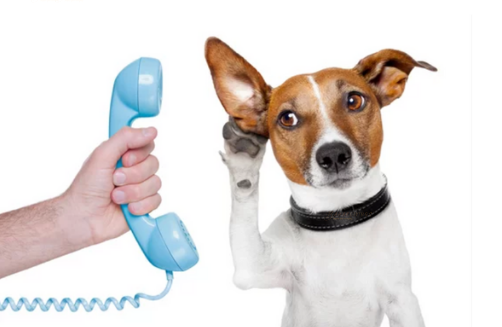Dogs, renowned for their loyalty and companionship, rely heavily on body language to communicate. Mastering the art of interpreting their cues is paramount for pet owners. Understanding your dog body language provides invaluable insights into their emotions and needs.
Deciphering Tail Wagging: Understanding Your Dog’s Communication

1
Tail wagging serves as a fundamental means of canine communication, yet not all wags carry the same message. A loose, mid-height wag signifies happiness, whereas a stiff, rapid wag suggests agitation or aggression. Pay close attention to the speed, height, and direction of the wag to accurately gauge your dog’s mood.
Interpreting Your Dog’s Emotions Through Their Ears

2
A dog’s ears offer significant clues about their emotional state. Relaxed, forward-facing ears indicate curiosity or friendliness, while ears pinned back against the head suggest fear or anxiety. Raised ears, slightly tilted forward, demonstrate attentiveness.
Insights into Your Dog’s Mood Through Their Eyes

3
The eyes serve as windows to a dog’s soul, revealing a wealth of emotions. A soft, gentle gaze conveys contentment and trust, whereas wide-eyed stares may signal stress or aggression.
Understanding Your Dog’s Body Language: Body Posture Clues

4
A dog’s body posture provides vital insights into their mood and intentions. A relaxed stance accompanied by a gentle tail wag indicates comfort, while a tense posture may denote fear or aggression.
Understanding Your Dog’s Emotions Through Vocalizations and Body Language

5
While dogs predominantly communicate through body language, vocalizations also play a crucial role in conveying their emotions. Barking, whining, growling, and howling are all forms of vocal communication that can signify various feelings.
Analyzing Your Dog’s Emotions Based on Tail Position

6
The position of a dog’s tail offers valuable clues about their emotional state. A tail held high and wagging gently reflects confidence and happiness, while a tucked tail indicates fear or anxiety.
Reading Your Dog’s Feelings Through Their Mouth, Lips, and Body Language

7
A dog’s mouth and lips provide additional insights into their mood. Panting is a sign of relaxation, while bared teeth may indicate aggression.
In conclusion, mastering the art of understanding your dog body language is essential for fostering a strong bond and effective communication. By paying attention to cues such as tail wagging, ear position, eye contact, and vocalizations, you’ll gain a deeper understanding of your furry companion. This heightened awareness strengthens the bond between you and your pet, ensuring they feel secure and understood.




Thank you for your sharing. I am worried that I lack creative ideas. It is your article that makes me full of hope. Thank you. But, I have a question, can you help me?
Your article helped me a lot, is there any more related content? Thanks!
I’m thrilled to hear that my article was helpful! I’ll do my best to provide you with further resources. Thanks for reaching out!
Your article helped me a lot, is there any more related content? Thanks!